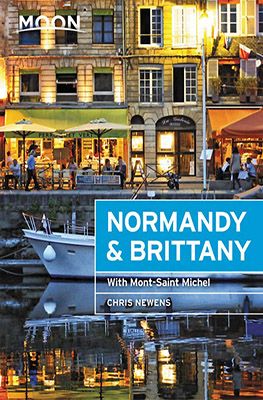This summer, we jumped on our bikes for a wonderful trip through the La Manche department in Normandy. There, we followed part of the popular Vélomaritime, a coastal cycling route from Dunkirk to Roscoff in Brittany. We started the tour in the port city of Cherbourg, located at the northern tip of the Cotentin peninsula. This is where we spent some time prior to our cycling holiday. After all, we wanted to be there to witness the finish of the Rolex Fastnet Race, an international sailing competition. But the port city turned out to be so much more than just a finish line. We’ll explain below why a city break to Cherbourg is a really good idea. But first, let’s dive into the city’s interesting history.
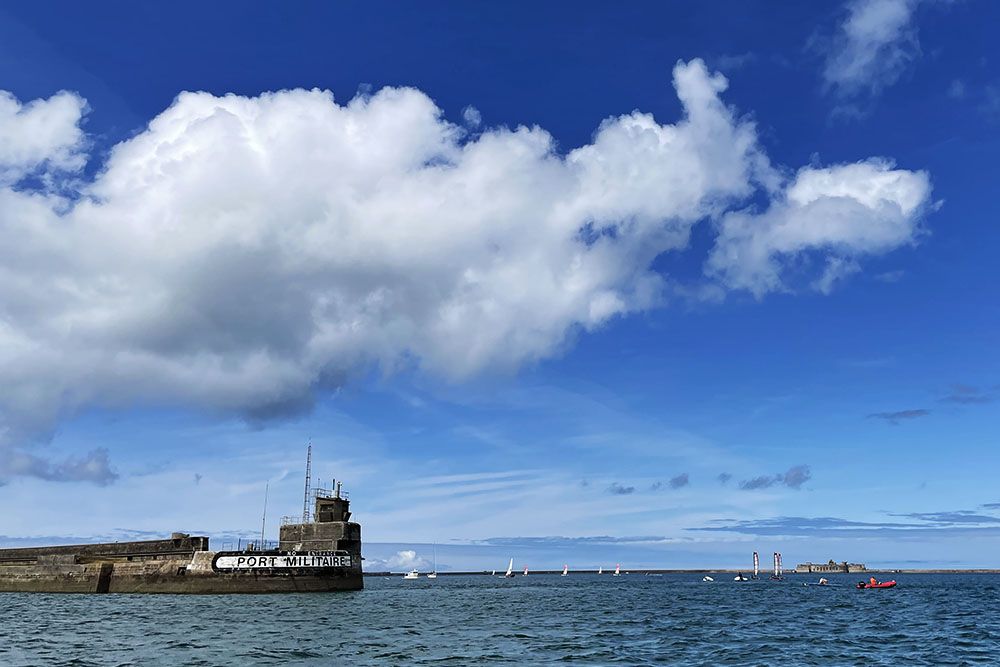
History of Cherbourg
Port city Cherbourg has a rich maritime history dating back to Roman times. During the Middle Ages, Cherbourg changed English or French owners regularly due to its strategic location on the English Channel. But in 1450, the port city finally came into Norman hands.
In the centuries that followed, Cherbourg became an increasingly important port city. As the city could not be properly defended, Louis the 16th started building a large fortress dam in 1776. This created a large inland sea – the Grande Rade – to shelter the French fleet. The construction of this fortified dam took 70 years. During the French Revolution, construction was temporarily halted. But Napoleon had work resumed soon after. He also arranged for the construction of the naval base.
In the late 19th century, Cherbourg became an important destination for transatlantic voyages. From here, many large passenger ships left for the United States. Similarly, the Titanic called at the port before leaving Europe behind forever. The fantastic maritime museum Cité de la Mer has a permanent exhibition dedicated to the Titanic.
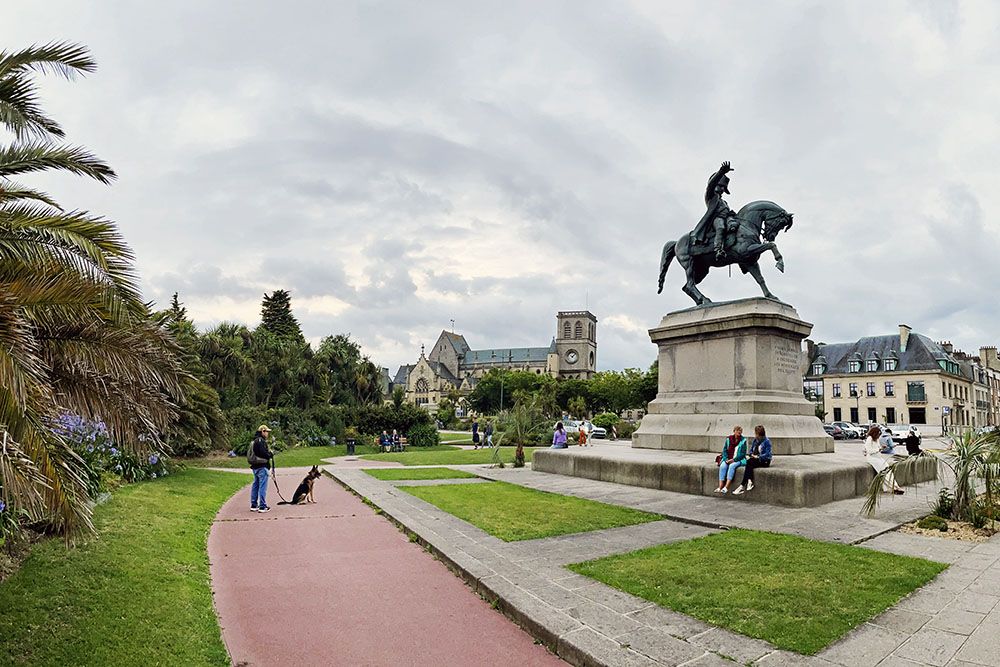
Cherbourg during and after World War II
During World War II, Cherbourg played an important role. The city was one of the targets of the Allied invasion of Normandy in 1944. Indeed, the port’s depth allowed large supply ships to dock here. Several weeks after D-Day, the Allies managed to take Cherbourg only after heavy fighting.
After the war, Cherbourg was rebuilt and developed into a modern city. It remained an important base for the French navy. In addition, a large shipyard appeared in the port area. Among other things, atomic submarines were built here. Like Le Redoutable, the first submarine launched in the late 1960s. Le Redoutable is now on display at the maritime museum Cité de la Mer.
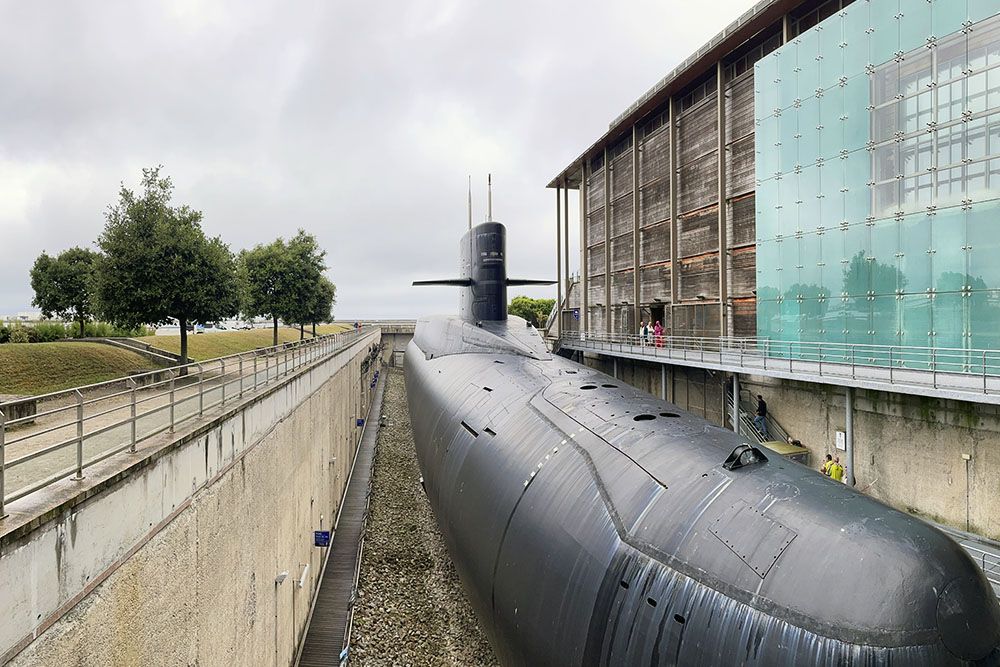
What not to miss while visiting Cherbourg
Thanks to its central location, Cherbourg is an ideal base to explore the Cotentin Peninsula. If you are a history buff, for example, you are close to the D-Day landing beaches. But culture vultures, nature lovers and keen walkers will also find plenty to enjoy in the Cherbourg area! If you don’t want to go out for a day during your stay in Cherbourg, you can also have a great time in the city. Here are some of the highlights of the city itself that we think are not to be left out of your trip.
La Cité de la Mer
We visit a museum regularly, and not only in bad weather. But we are normally outside again after an hour or two. Very occasionally though a museum has so much to offer that we completely lose track of time. We can then easily spend more than half a day in it. La Cité de la Mer is such a museum.

La Cité de la Mer maritime museum is located in Cherbourg’s former transatlantic passenger terminal. This 240-metre-long Art Deco-style hall is worth a visit in itself. Completed in 1928, the terminal was full of amenities at the time, including its own post office. Since 2002, it has been a museum dedicated to the sea and the maritime history of the region.
There are several exhibitions, including “The Ocean of the Future”. You learn a lot about the importance and beauty of the maritime world here. There are no fewer than 17 aquariums, one of which is 11 metres deep! Another particularly interesting exhibition is “Titanic, return to Cherbourg”, where you are taken on a journey through time. At the time, Cherbourg was the last port where Titanic docked before the ship continued its fateful voyage. Furthermore, La Cité de la Mer also offers a fascinating look behind the scenes of maritime technology. In the process, you can explore the old nuclear submarine Le Redoutable. This is the only submarine in the world open to the public.
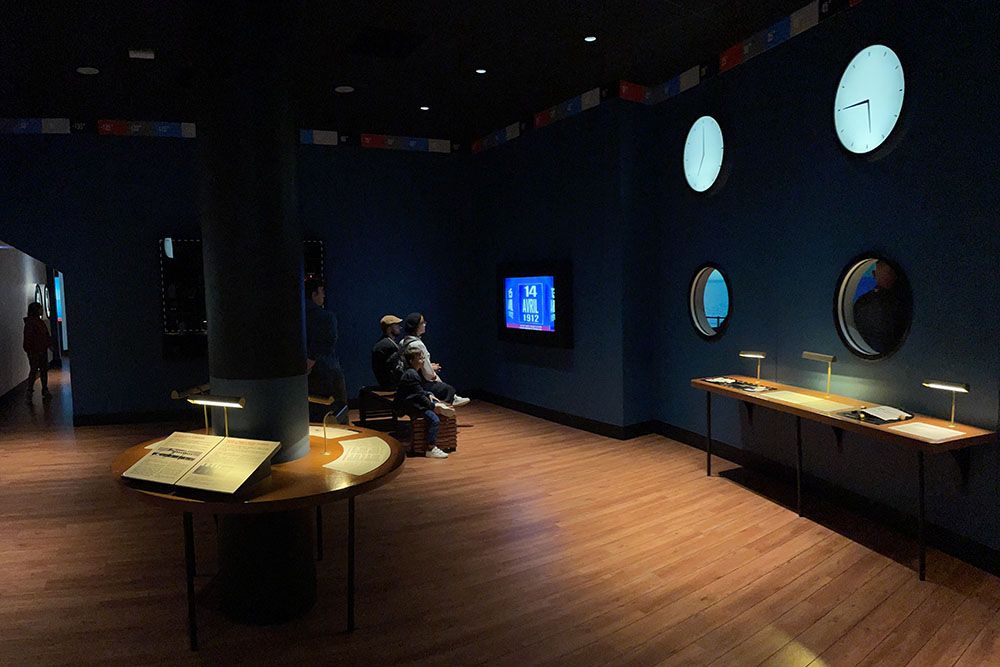
Musée de la Libération and the Batterie du Roule
The Liberation Museum (Musée de la Libération) highlights the events that took place in this part of the Cotentin in June 1944. The deep-sea port of Cherbourg was crucial for the Allies. Indeed, only after the capture of Cherbourg could the Allied forces supply their armies directly from the US. The museum offers a detailed account of the strategic plans and military operations to take the city. You will also find the personal stories of the soldiers and civilians involved in the fierce battle.
The museum is in Fort du Roule, an old naval base located 117 metres above sea level. There, you have a magnificent view of the city and the second largest artificial harbour in the world. Literally under the fort you still have a system of tunnels dug by the Germans, Not afraid of bats? You can visit the tunnels and rooms on a guided tour.
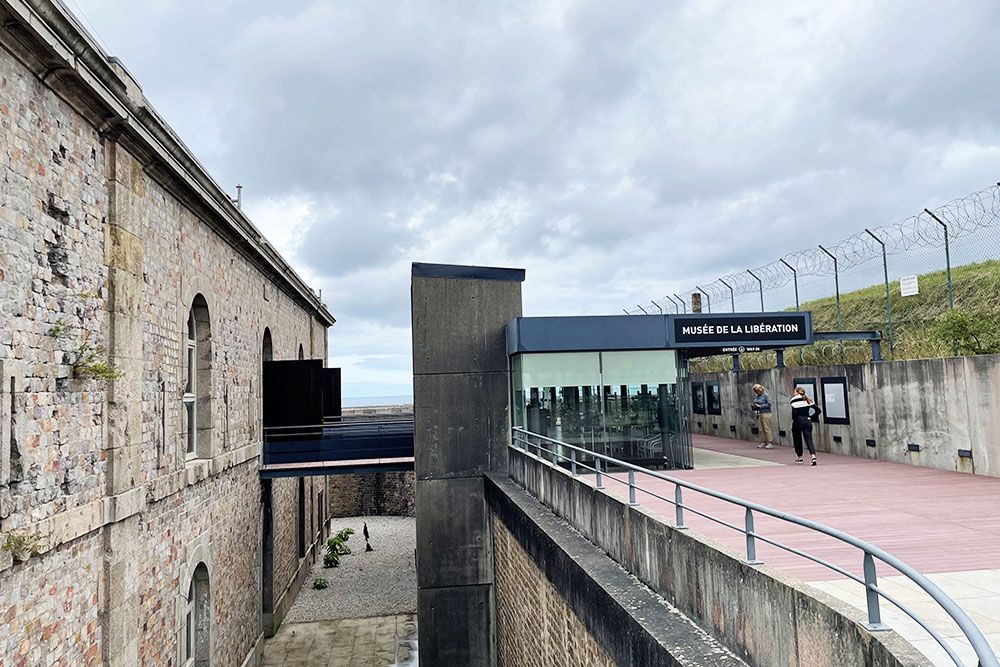
Basilique Sainte-Trinité
The Basilique Sainte-Trinité is one of the oldest buildings in Cherbourg. The church was built as early as the 5th century, but was destroyed four centuries later during the Norman invasions. In the 11th century, a new church was built on the same spot, but it too was destroyed – during the Hundred Years’ War. During the 14th century, a new version arose, this time in Gothic style. In the early 19th century, the basilica was completely restored, after which it became one of the first neo-Gothic churches in France. A 26-metre-high tower was also added at that time.
Be sure to go inside to admire the extraordinary reliefs above the arches in the nave! These were carved seven centuries ago. They depict a “Danse Macabre” to commemorate the plagues suffered by the region.
The Grande Rade
The Grande Rade is the largest artificial port in Europe. The inland sea created after the construction of a vast rampart has an area of about 1,500 football pitches. Construction of the Cherbourg Roadstead was started in 1783 and completed 70 years later. The aim was to provide a safe, sheltered bay for the French fleet. In the summer months, there are tours of the large inland waterway. As you do so, you sail past the fortifications and learn a lot of interesting facts. Are you interested in maritime history? Then the canal cruise should not be missing from your visit to Cherbourg!
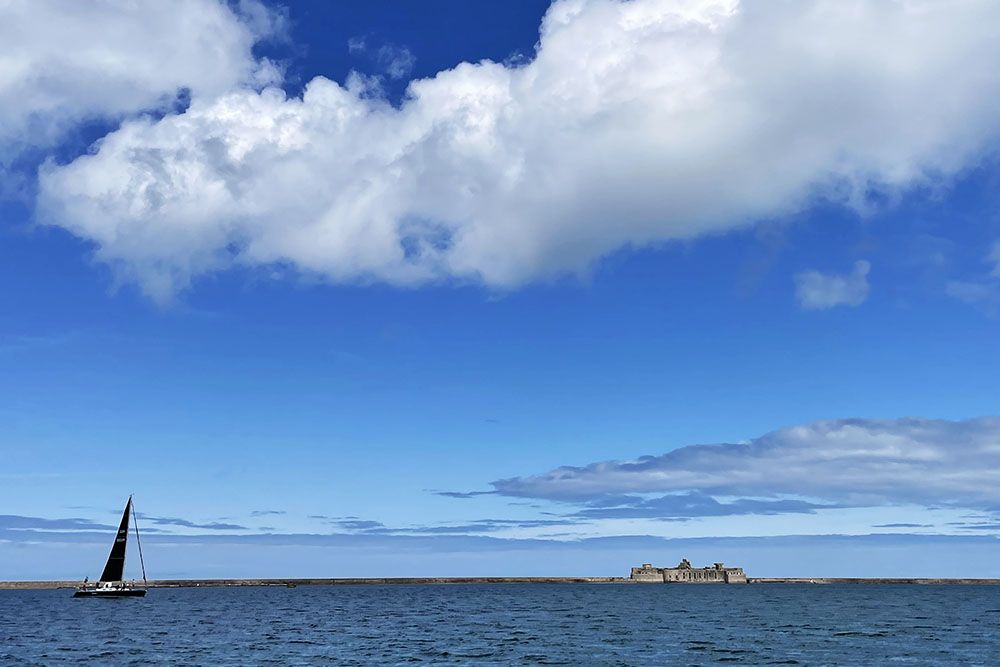
Les Parapluies de Cherbourg
In 1963, the French musical Les Parapluies de Cherbourg was shot in Cherbourg. The film, starring Catherine Deneuve, is a true classic in France. For instance, the musical received a Golden Palm at the Cannes Film Festival. Inspired by the setting of the film – a shop selling umbrellas – an entrepreneur started an umbrella factory in the same building 25 years later. You can visit this factory and of course you can buy an umbrella there. Nice detail: the sign above the door still says Les Parapluies de Cherbourg.
Rolex Fastnet Race
Once every two years, Cherbourg is the finish of the Rolex Fastnet Race, an international sailing competition. This race heads from Cowes (Isle of Wight) around the Fastnet Rock near Ireland and finishes in Cherbourg after 695 nautical miles. Prior to our cycling holiday through La Manche, we experienced the finish of the amateurs. Very fun to witness, even if you don’t like sailing.
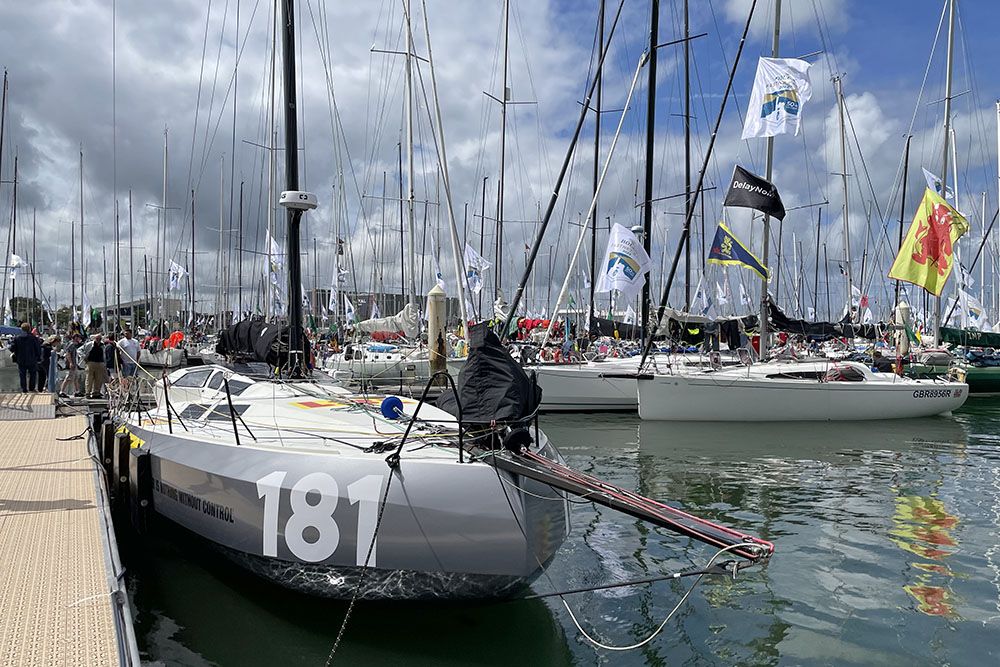
For a whole week, Cherbourg is completely dedicated to the arrival of the sailors in the Grande Rade. Around that, the organisers really build a party. There are various activities, including concerts and, of course, water sports activities. And everywhere you will find cosy terraces where you can watch the beautiful racing boats and yachts while enjoying a drink. If you go on holiday to the Cotentin during the same period as the sailing race, definitely plan a visit to the temporary sailors’ village in Cherbourg!
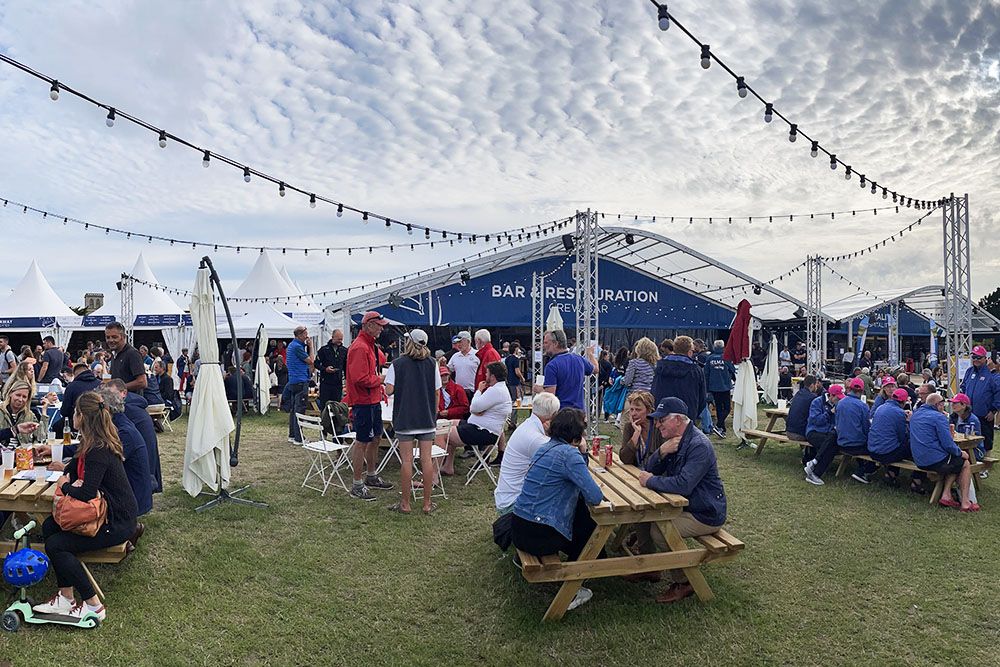
Sights around Cherbourg
We mentioned it earlier: the historically particularly interesting Cherbourg is also a perfect base for the many attractions in the area. Some that should not be missed are listed below.
Parc du Château des Ravalet
Just east of Cherbourg is Château des Ravalet, a fine mid-16th-century Renaissance-style castle. The castle is privately owned but its doors are open to the public during French Heritage Days (mid-September). During the other days of the year, a visit to the castle garden is still worthwhile. Not for nothing is the garden designated “jardin remarquable“: a label for the most beautiful gardens in France. You will find winding paths, centuries-old trees, several ponds, a grotto and a beautiful greenhouse from the 19th century.
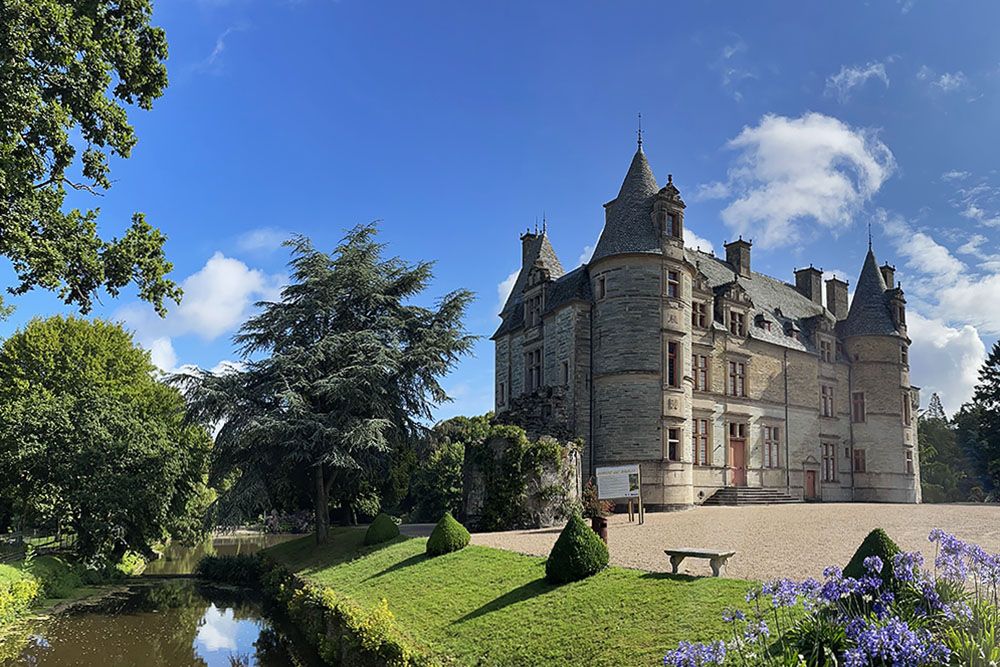
The castle garden of Château de Nacqueville
A little to the west of Cherbourg, you will find another castle garden not to be missed either: the garden of the 15th-century Château de Nacqueville. This garden is also labelled “jardin remarquable”. In the magnificent English-style garden, you will find many azaleas, arum calyces and rhododendrons. You have a beautiful view of the sea.
Barfleur and Phare de Gatteville
What we ourselves are very fond of is the fishing village of Barfleur. You will find picturesque little granite houses with slate roofs, a small harbour and many cosy restaurants. You also have a church that looks more like a castle somewhere in England. Within walking distance of the village is the Gatteville lighthouse. At 75 metres high, it is the second highest lighthouse in France. For an apple and an egg, you can climb the tower. At the top, you have breathtaking views.
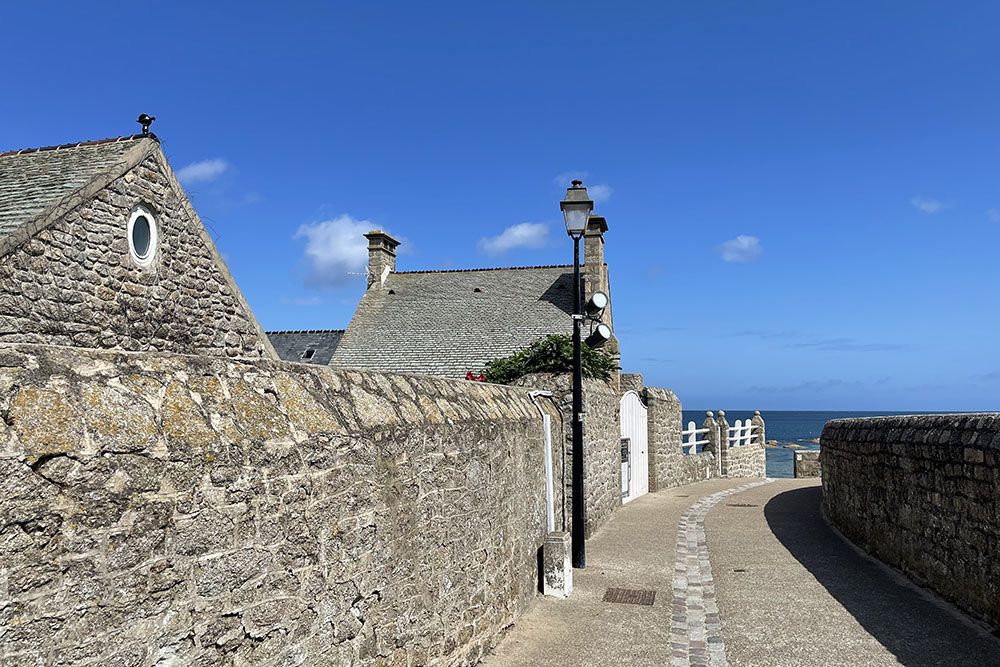
Cap de la Hague
In the very west of the Cotentin peninsula is the Cap de la Hague. It is a vast, idyllic but rugged natural landscape full of green, hedge-lined fields and high, granite cliffs. Walkers, in particular, will find their fill here. The area is also known as “Little Ireland”.
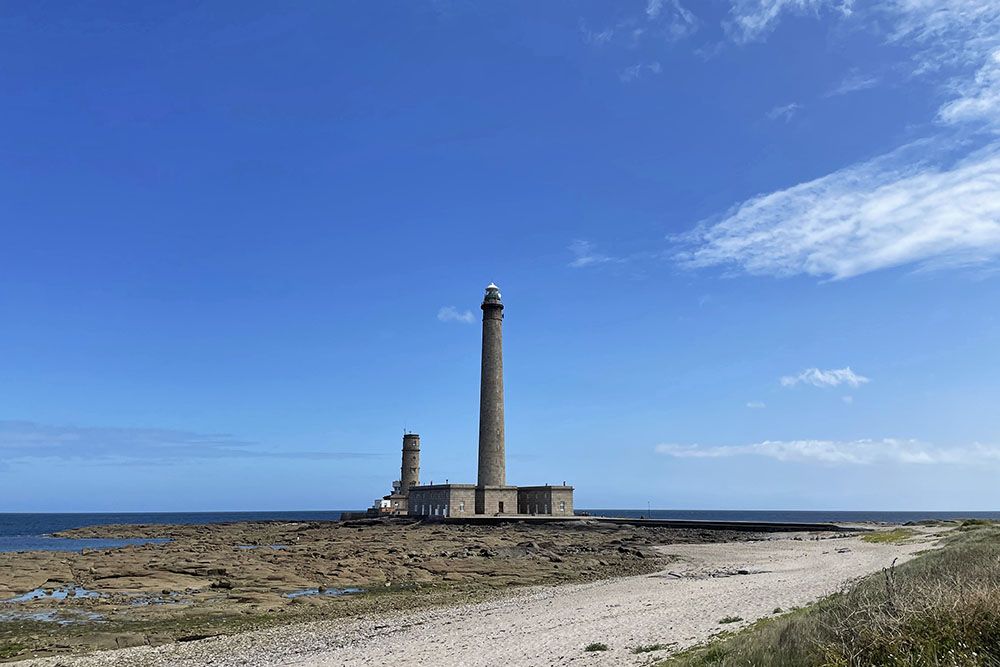
We visited Cherbourg at the invitation of the Regional Tourism Office of Normandy, in collaboration with its partners in the La Manche department and the La Vélomaritime cycling route. We compiled the content of the blog independently and objectively based on our own impressions.
Answers to practical questions about visiting Cherbourg
Cherbourg is located at the northernmost tip of the Cotentin peninsula in Normandy.
Cherbourg is easily and comfortably reached by train. Even faster, however, you can take a ferry from Poole and Portsmouth in the UK. From Ireland, ferries go to Cherbourg from Dublin and Rosslare.
Basically, Cherbourg is great to visit all year round. But for the best chance of sunshine, the spring and summer months are best. Our preference is for summer, as there is a bit more activity then. In addition, the sights and facilities have longer opening hours.
Cherbourg not only has a rich maritime heritage, but also offers a splendid culinary experience. You can go there for traditional Norman food but there is also international cuisine. In Cherbourg, there are no fewer than five restaurants listed in the Michelin Guide, including one with a star. There are also many other places to eat, from eatery to bistro, where you can get great food. Like at l'Armoire à Délices near the marina, a lively and pleasant establishment! Find the list of the best restaurants in Cherbourg here.
There is plenty of accommodation in Cherbourg to be found. Most are near the marina or in the old town. We ourselves stayed at Hôtel Moderna, a fine hotel with a good breakfast buffet, located in an excellent location.
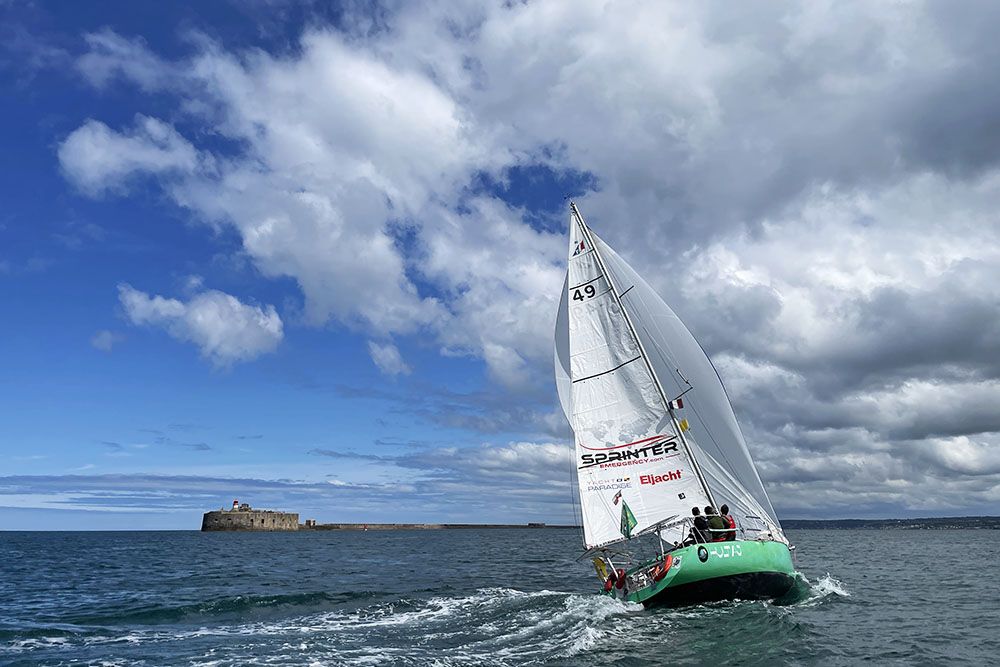
Other topics you may be interested in
- On a cycling holiday along the Vélomaritime in Normandy
- Normandy: historical sights and beautiful nature
- Mont-Saint-Michel, iconic island near Normandy
- Côte d’Albâtre in Normandy | the nicest villages
- Rouen in Normandy | highlights and travel tips

